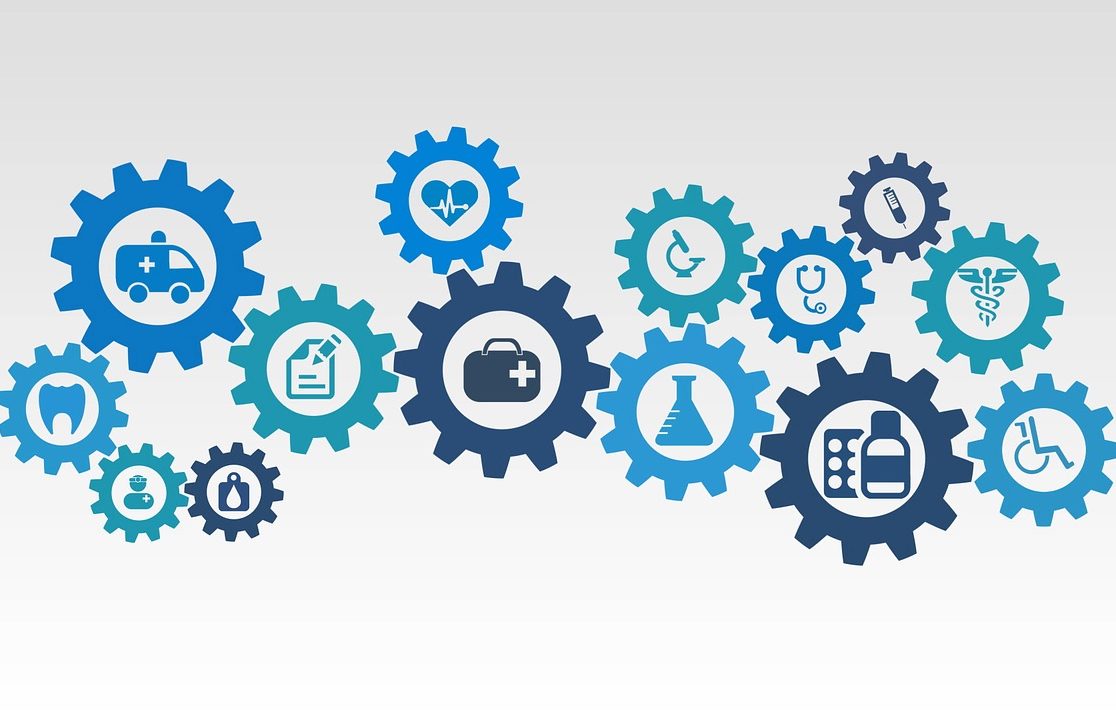
Shortchanging the Territories in Medicaid Funding
Published on May 23, 2019

Director - Washington, D.C. Office
SHARE
An expansionist outlook of American leaders in the late 1800s led the United States to acquire possessions outside of the contiguous land that we still refer to as “the mainland.” However, other than designing military strategies that would provide the U.S. a geopolitical advantage, little thought was given to how these territories would be governed. Establishing uniform policies for the new, unfamiliar jurisdictions proved to be challenging, given each of the territories’ historical context and cultural idiosyncrasies. Today, over a hundred years later, the U.S. territories still face different rules when it comes to the application of certain federal programs.
For example, last week the House Committee on Natural Resources held a hearing on how Medicaid works and is funded in the U.S. Territories. With witnesses representing each of the territories, the hearing exposed the inadequacies of health care funding in the five inhabited territorial possessions – Puerto Rico, Guam, U.S. Virgin Islands, American Samoa, and the Commonwealth of the Northern Mariana Islands. The scale and depth of the challenges vary but the root cause of the problem is the same: the funding simply doesn’t align with the needs.
Inadequate funding forces local officials to cut back on both the amount of people that participate in Medicaid and the scope of services offered. These tough choices run contrary to the original intent of the Medicaid program. In order to provide Puerto Rico and the other territories a level playing field, Congress must be willing to mend these funding gaps.
Puerto Rico has a total population of 3.2 million people. Nearly half – 1.3 million – participate in the Medicaid program due to the island’s dire poverty levels. When compared with how Medicaid works in mainland U.S. states, we find the program in Puerto Rico differs significantly in terms of eligibility thresholds, available benefits, and financing arrangements.
The federal government provides Puerto Rico with very limited Medicaid funding, which prevents the Commonwealth from offering the full gamut of Medicaid services available in the mainland. Insufficient funding largely explains why the federal government has: (1) issued waivers on the amount of mandatory benefits Puerto Rico must provide (Puerto Rico only provides 10 of 17), and (2) exempted the territory from poverty-related eligibility standards, particularly those targeting pregnant women and children.
The gap in Medicaid funding for Puerto Rico is the product of two arbitrary policy decisions. First, the costs covered by the federal government through a match known in health care circles as the FMAP, or Federal Medical Assistance Percentage, is arbitrarily set by law at 55 percent (meaning the federal government only covers 55 cents of every dollar spent by Puerto Rico on Medicaid). If that amount were calculated using the same per capita income formula applied to the states, it would be as high as 83 percent. As a point of comparison, Puerto Rico’s poverty levels are much higher than those of Mississippi, the poorest state in the country, which in 2019 received FMAP of 76 percent. Second, the federal funding match amount is then capped at a lower level by statute, which results in Puerto Rico effectively receiving a lower percentage.
Forcing the government of Puerto Rico – already in the midst of a massive hurricane recovery process and the largest municipal bankruptcy in U.S. history – to absorb a large share of Medicaid program costs only serves to squeeze what little oxygen the island has left to cover other essential services. As a federal program that is geared to provide low-income families access to comprehensive health care, Medicaid is woefully inadequate in Puerto Rico. Despite acute poverty levels and median incomes that are far lower than the rest of the country ($19,775 versus a national average of $57,625), Puerto Rico receives from the federal government roughly the same Medicaid share as wealthy states like New York, where the FMAP stands at 50 percent.
If Congress does not act in the near future, Puerto Rico will be faced with a severe funding cliff that would threaten health care coverage for hundreds of thousands. Many would see a dramatic reduction in available benefits, and others could lose health care coverage entirely. According to the most recent Fiscal Plan, Puerto Rico will be facing this cliff as soon as September of this year.
Over the years, the federal government has provided lifelines to prevent such a scenario, with the most recent allocation coming in the aftermath of the hurricanes. But the fundamental problem with the FMAP and the annual funding cap still remains.
In order to provide residents of Puerto Rico and the other territories the same access to health care services that would otherwise be offered to them if they moved to the mainland, Congress must commit, once and for all, to transition the islands to equal treatment under the federal Medicaid program. Equally important is for U.S. territories to work together when promoting solutions to the inadequacies of certain federal programs.
